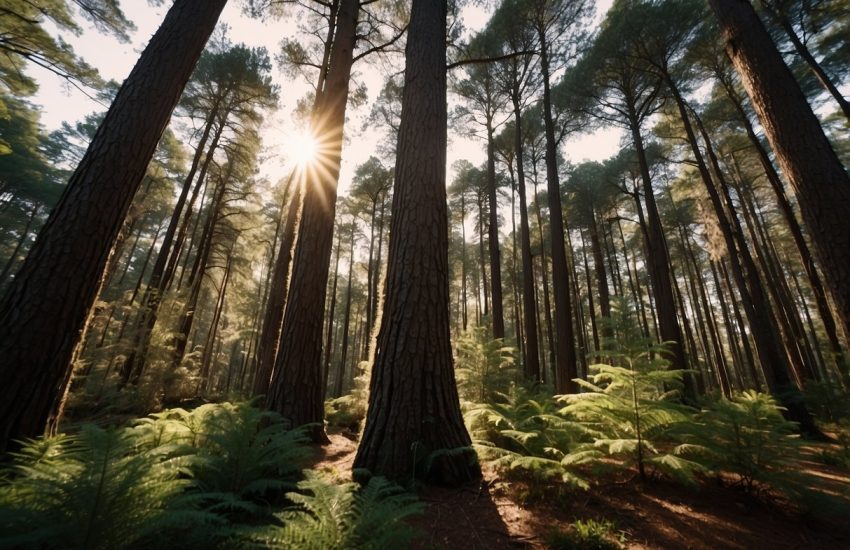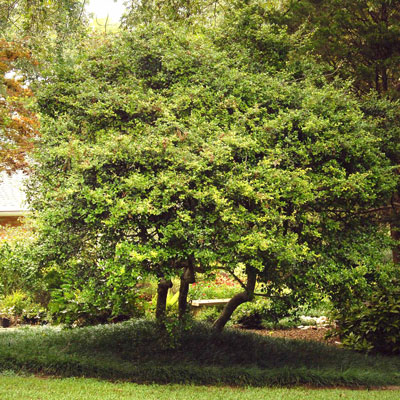The Best Evergreen Trees to Grow in Connecticut
There are numerous varieties of evergreen trees in the state of Connecticut. Even though not all of these trees are indigenous to Connecticut, they can be found there because of the state's mild climate. Connecticut has an evergreen tree for every taste, from the small, delicate balsam fir to the tall, imposing white pine.
The Fraser fir, which may be found all around Connecticut, is a native of Connecticut. The rich green, closely-spaced needles of this tree have "the feel of velvet." Depending on where it is growing, this tree can be either medium green or dark green. These trees can be used as Christmas trees in addition to their usual function in landscaping.
13 Evergreen Trees to Grow in Connecticut
1. Atlantic White Cedar
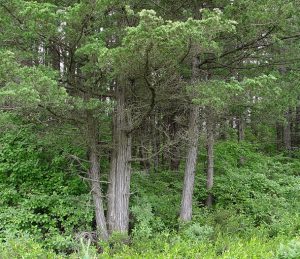
The dense, evergreen Atlantic White Cedar has rising branches shaped like a column. Young leaves are needle-like and green or blue, while adult leaves have a more scale-like appearance. The reddish/brown fibrous bark is punctured with flat ridges, and the branch terminals produce an abundance of tiny cones.
It is a native of Connecticut, with a restricted distribution that extends from Maine to Florida and west to Southern Mississippi.
The Atlantic White Cedar can be planted in wet regions with poor drainage, along streams, or beside ponds because of its natural growing environment. Plants need protection from strong winds and full sun to moderate shade. The Atlantic White Cedar doesn't need to be pruned. Early in the spring, little reddish-yellow/green blooms start to bloom.
2. Eastern Hemlock
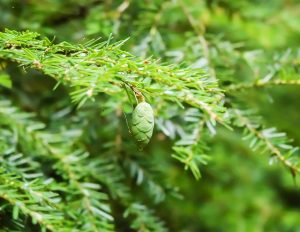
The Eastern Hemlock is a pyramidal tree with a straight trunk, pendulous limbs, and flowing branches with tiny needles. The underside of the dark green needles is silvery. The Eastern Hemlock has a thin, frequently bent leader and a conical crown consisting of horizontal branches that can frequently drop down to the ground.
The Eastern Hemlock can be used as a shade tree, a specimen plant, or trained into a hedge. The young branches and twigs are also suitable for making tea. Plant in excellent, wet soil that is shaded or somewhat shaded.
3. Black Spruce
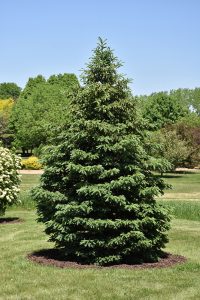
The Black Spruce grows slowly and spreads very little. The needles are bluish-green on the ends of the descending branches and have upturned branch tips. The branches in the crown are drooping, horizontal, and open or conical in shape. It is discernible as a tiny shrub at the timberline.
One of the most well-known conifers in North America is the black spruce. A ring of trees frequently forms around a parent plant when heavy snowfall pushes the lower branches towards the ground where they take root. thrives in damp, acidic soils.
4. English Yew
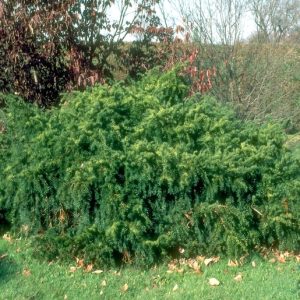
An evergreen deciduous tree, the English Yew, typically has a pyramidal crown that becomes erratic with age. The spiral-shaped dark-green leaves are attached to a thin, scaly brown bark. The cones have a diameter of 3-6 mm and release pollen in the early spring. The seed cones contain a single seed encased in a delicate, tiny scarlet aril. After pollination, the arils take 6 to 9 months to mature and are spread by birds.
The English Yew is a native of Southern Scandinavia, Northern Africa, Northern Iran, and Britain. It is also a citizen of the United States. Yews are deeply ingrained in mythology and folklore and are said to be a species with a long lifespan some specimens are thought to be older than 5000 years.
The red berries that the English Yew produces instead of cones help to differentiate it from other conifers.
The English Yew thrives in the shade and is frequently found as a tree in the understory. It can survive rocky and compacted soils and will thrive in a wide range of soil types as long as they drain effectively.
5. Eastern Red Cedar
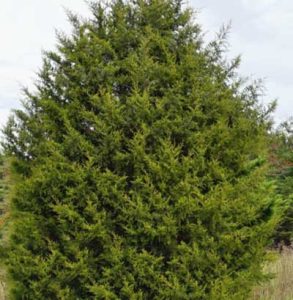
An aromatic evergreen tree, the Eastern Red Cedar has a thin, compact columnar crown that can occasionally become broader and more erratic as it ages. Its shape is pyramidal in youth but can change as it matures. The scale-like leaves are fragrant and can be light or dark green, blue-green, or grey-green in hue.
Wintertime causes mild bruising of all colors. The solitary trunk has a silvery bark covering it, and the female plants produce pale blue fruit.
One of the most widely-spread eastern conifers, the Eastern Red Cedar, is resistant to extremes of heat and cold. Although fairly adaptable to several soil types, the Eastern Red Cedar favors dry, limestone-type soils.
6. Pitch Pine

The branches of the pitch pine have twisted, frequently drooping forms with an irregular spherical shape. The bark is initially reddish-brown and scaly before turning black with time. The three-clustered, yellow/green needles eventually change to dark green.
On the trunk itself, needle clusters frequently develop. This medium-sized tree's circular, asymmetrical crown is created by horizontal branches. Cones are seen in clusters of three to five.
Other plants would struggle in the dry, stony soil that the pitch pine thrives. When grown in underexposed conditions, it develops broad and crooked. Pitch pines have been cultivated for their many helpful qualities, making them valuable.
7. Japanese Cedar
Fast-growing and evergreen, the Japanese Cedar has blue/green leaves in the summer and bronze/purple/green leaves in the winter.
It has a loose pyramidal shape, is a quick grower, and can be utilized as a green screen to filter off obtrusive sounds or sights. The Japanese Cedar, a staple of Japanese landscaping, is appropriate for Connecticut residents whose yards are too shaded for the Leyland Cypress despite their liking for its appearance.
Except when you wish to train it into a hedge or screen, the Japanese Cedar can thrive in various soil types and doesn't require any trimming. The Japanese Cedar looks fantastic when planted both singly and in groups.
8. Serbian Spruce

The majestic, pyramidal structure and arching branches of the Serbian Spruce make it a stunning evergreen. The Serbian Spruce gives the area a peaceful sense of symmetry because of its frequent thin and single-trunk appearance. Pendulous minor branches surround the primary branches.
When you catch a glimpse of the branches fluttering in the wind, the short, dark green on top and silvery on the underside needles give the branches a sense of vitality.
The Serbian Spruce can be planted where other conifers would be inappropriate because of its narrow and compact form. The cones begin as purple and develop a subtle cinnamon hue as they age. Make sure to shield yourself from brisk cold gusts.
Spruce trees are beautiful specimens that also look great, placed in groups in landscapes with enough room to grow.
9. European Fan Palm
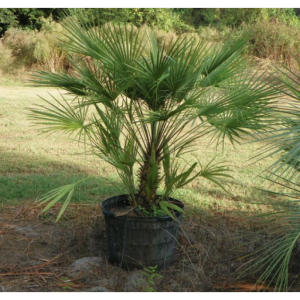
Consider the European Fan Palm if you're looking for an evergreen tree to give a distinctive flair to your Connecticut yard. Almost any scene can benefit from the tranquilizing effects of palm trees. The European Fan Palm is appropriate to the variable temperature of zone 7 sections of Connecticut since it is cold, hardy, and tolerant of various circumstances.
The European Fan Palm naturally forms clumps, but it can be trained to grow as a single plant by cutting off the base suckers. You will get a single, higher tree if you do this. They may be easily moved indoors in regions with harsher winters because they are also ideal for container gardening and grow in partial shade.
10. Rocky Mountain Juniper
The Rocky Mountain Juniper is a short, slightly rounded, multi-stemmed evergreen frequently encountered in the wild. On young trees, the leaves are composed of black berry-like cones and sharp needles with a scale-like appearance and a bluish-green to green-grey color. The cones reach maturity in their second year and are covered with a white bloom. The bark may be gray and peeling or brownish-reddish.
The Rocky Mountain Juniper has drooping foliage in its thin crown, and different types have distinct foliage and forms. Wildlife prefers fruit that resembles a berry. Prefers rocky, dry, and low in humidity environments.
You should avoid planting a Rocky Mountain Juniper next to apple trees because it hosts the apple cedar rust.
11. Ponderosa Pine
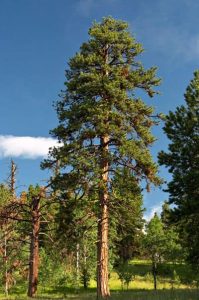
Fast-growing Ponderosa pines provide excellent windbreaks and privacy screens when planted in groups. They have a pyramidal shape when they are young but change to a spherical shape as they age. As the lower branches die off with age, the broad to pyramidal crown flattens. When a tree is young, its bark is a deep reddish-brown color that grows to a brownish-yellow russet tint with long, ridged plates. The needles are typically seen in three groups and range
from dark green to yellow-green or olive.
In addition to tolerating salt, ponderosa pines may be cultivated at high and low elevations. They favor clay loam or sandy loam that drains well. Although they may withstand severe drought, they cannot tolerate soggy or poorly drained soils.
Since they can row on dry, rocky, poor soil, they can also be planted for reclamation projects and to stop erosion. The thick taproot of the Ponderosa Pine makes it challenging to transplant the tree after it has grown.
12. White Pine
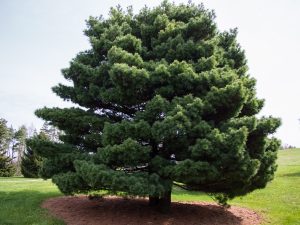
The white pine, which may grow up to 80 feet tall, is the second-tallest evergreen tree in Connecticut. Although it can be found all over the state, the northern region is where it is most prevalent. The long, delicate needles on this Connecticut tree are pleasant. This tree is referred to as Connecticut's "most important forest tree" by the Connecticut Forest & Park Association.
13. Western Arborvitae
The western arborvitae, widely distributed throughout Connecticut, thrives in the state's climate. This evergreen from Connecticut grows pyramidal and reaches a maximum height of about 50 feet. It typically has thick, all-year-round green leaves.
Conclusion
You can plant evergreens to ensure you see plenty of green when you look out your window at your yard, even during the chilly winter months. Evergreens can be planted to conceal unattractive views, act as windbreaks, as green screens, or reduce background noise.
Many species also don't need much upkeep unless you wish to establish a hedge. Since most of Connecticut is in hardiness zone 5, home gardeners have several options when choosing which evergreen to plant at their residence.

